This was published 4 years ago
Countries you can no longer visit safely: Seven places we lost in the 2010s
By Oliver Smith
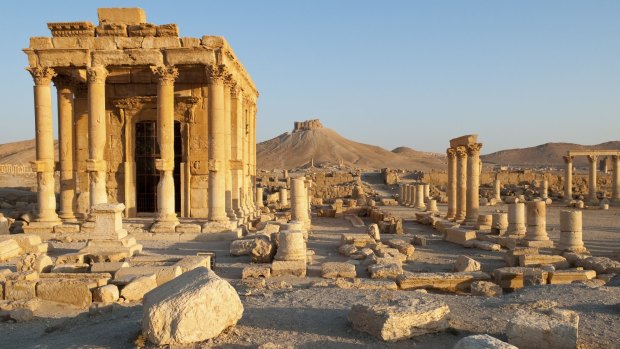
Just about every ancient attraction in Syria has sustained damage. Palmyra, shown here before the war, have been devastated.Credit: iStock
A decade ago, an adventurous traveller might have trekked to the world's highest waterfall, toured the Roman ruins of Leptis Magna, or admired the imposing Crac des Chevaliers. No longer. The world has, on the whole, become a smaller place since 2010 – although there are a few positive notes.
Seven destinations that have disappeared
Syria
In 2010, Syria welcomed a remarkable 8.5 million international tourists – an increase of 40 per cent on the previous year and more than the likes of Brazil, Australia, Belgium, Norway and the Philippines receive today.
"Aleppo is the sort of place that's hard to dislike," explained the Rough Guide to Syria, published in 1998. "It's a relaxed, comparatively green and uncluttered city."
"Contrary to widely-held beliefs, Syria is an extremely safe destination, with no petty crime," added the Bradt Guide to Syria in 2006.
Travel writer Peter Hughes visited in 2008. "Damascus is the longest continuously inhabited spot on earth, a fact that lends it an unexpectedly soothing sense of maturity," he wrote. "Never once was I made to feel uncomfortable about the West's policy in Iraq or anywhere else. Other misgivings were eroded, too. You don't get pestered in the streets. You can eat well, if without much variety, on very fresh, Lebanese-style mezes, salads and grills. Most restaurants serve alcohol. At one lunch I watched six locals polish off a bottle of J&B scotch."
He went on to enthuse about "characterful" hotels and "magnificent" ancient monuments, before concluding that the country was a "revelation".
Just over decade later, it is impossible to match these descriptions to a country that has been ripped apart by almost nine years of brutal civil war.
Syrian authorities claimed that 90,000 tourists visited in 2015, the most recent year for which it has published an estimate. All flights by major airlines have been suspended and most hotels have closed their doors. Just about every ancient attraction in Syria has sustained damage. Some, including Palmyra, have been devastated. The Australian government's travel advice website Smart Traveller has a "Do not travel" warning for the country stating that it is offers an "extremely dangerous security situation. Armed conflict is ongoing and air strikes, kidnappings and terrorist attacks are common".
Egypt
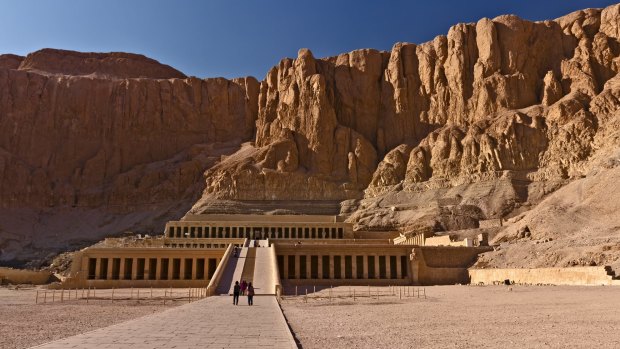
Credit: iStock
Very little of Egypt was off-limits to tourists back in 2010, and many cultural tours would have included a trip to St Catherine's Monastery, the Sinai peninsula's crowning glory, built on the spot where – according to Old Testament records – Moses received the Ten Commandments. Divers might have spent a week or two in the laid-back Red Sea resort of Dahab, while more adventurous souls could have explored the Western Desert, a region of dunes and oasis towns, such as Siwa, near the border with Libya.
Now, following years of political turmoil triggered by the overthrow of Hosni Mubarak in 2011, each of these attractions is off-limits. Smart Traveller warns against travelling within 50 kilometres of Egypt's border with Libya "due to the high risk of terrorist attack" or to North Sinai, including the Taba-Suez Road due to the high risk of terrorist attack and violent crime. There has been one positive development, however: Sharm El Sheikh, after four years in the wilderness, is safe to visit once again.
Libya
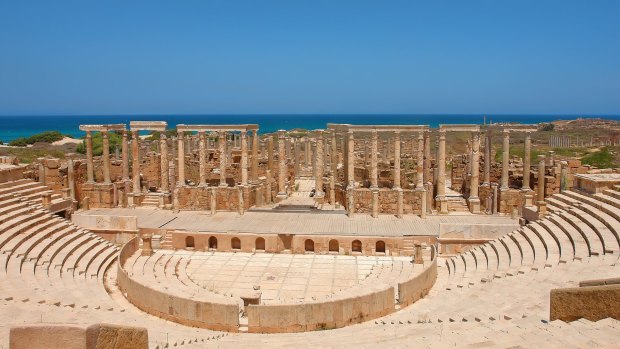
Credit: iStock
A majestic but forgotten Roman city overlooking the Mediterranean? It sounds too good to be true. Unfortunately, the ancient ruins of Leptis Magna (above) sit in present-day Libya, one of the world's most dangerous countries. Back in 2010, however, curious travellers willing to overlook its despotic ruler could certainly explore it.
"My prejudices about strictly teetotal, decidedly dubious Libya were at first confirmed by the huge posters of Colonel Gaddafi that hit you in the eye on the drive from the airport, and which, by law, must ornament every public establishment," wrote Annabel Simms in 2010. "But we saw no signs of the fear engendered by living in a police state, nor the hostility to Westerners some of us had been expecting. On the contrary, the country's long isolation has preserved a certain innocence, a readiness to help and a wistful curiosity about foreigners."
The fall of Gaddafi in 2011 had crystal ball-clutching commentators speculating that Libya could emerge as a mainstream destination ("the jewel of Africa", to quote one reporter). However, rather than sun-seeking tourists, post-Gaddafi Libya has enticed gun-toting militant groups and people smugglers. Today it is entirely off-limits, according to Smart Traveller.
Yemen

Credit: iSTock
Even before the country's ongoing political crisis began in 2011, Yemen was a destination reserved for adventurous travellers. After all, it was here that 16 guests of the tour operator Explore Worldwide (including 12 Britons) were kidnapped in 1998, and four of them killed, prompting the UK Foreign Office to advise against travel. That warning was dropped in 2008, however, briefly offering Britons the chance to experience Yemen's highlights, such as Socotra, an island rich in biodiversity, and Sana'a, known for the eye-catching tower-houses of its Old City.
In 2010, travel writer Barnaby Rogerson met the author Tim Mackintosh-Smith at his home in the Yemeni capital. While conceding that kidnapping and terror attacks remained a threat, Rogerson wrote: "The timing of my visit to Yemen could not have been better: October is a wonderful month. The mountains are lit with bright gashes of green, brought about by the second spring (in autumn) giving life to the terraced fields that contour the hills.
"The heat, though impressive, is not oppressive and with the harvest in, the souks are burgeoning with fresh fruit. It also happens to be the season of weddings, so in every other village there are tented feasts, sword dances and processions of warriors in their finest."
Fast-forward a decade and Yemen is firmly off-limits, with Smart Traveller advising "do not travel" there. It warns: "Don't travel to Yemen because of the ongoing civil and international conflict. There's extreme political instability, military airstrikes and a very high threat of kidnapping and terrorism. You also may not be able to get enough food, water or medical care."
Mali
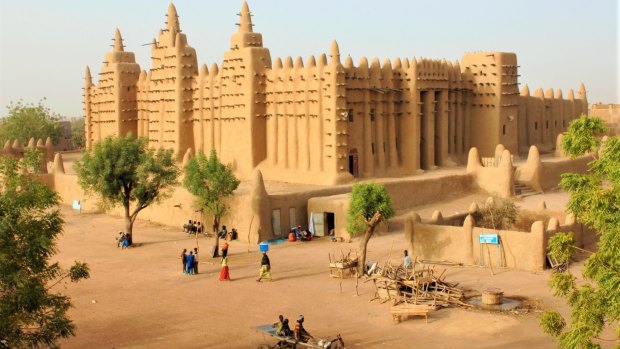
Credit: iStock
In 2008, travel writer Diana Preston reported on a journey to Timbuktu; "a place more fantasy than fact, a tantalising symbol of remoteness".
It began in Bamako, "Mali's cheerful, sprawling capital", and featured Ségou, "where colonial buildings line streets planted with shading trees", and the ancient trading town of Djenné, home to the world's largest mud structure.
"Wading ankle-deep in Saharan sand through winding, mud-walled streets, we found a place cocooned in its past," she wrote of Timbuktu. "Tuareg men still wear round their neck the intricate leather tassel that records their lineage and confirms their right to life-giving water from the sparse wells. Caravans of swaying camels still trudge into Timbuktu carrying great slabs of salt hewn from mines deep in the Sahara. Tuaregs and members of the Bella people, their former slaves, make regular journeys there, travelling in the cool of the night and navigating by the stars."
Such a journey would be impossible today. Mali has been off-limits since an armed conflict broke out in 2012.
Turkey
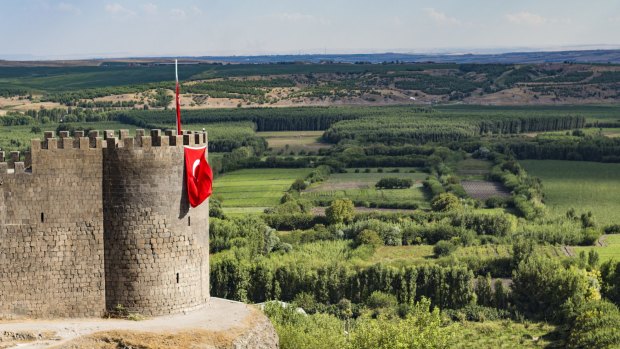
Credit: iStock
The majority of Turkey remains safe – indeed, with 46 million visitors in 2018 it is one of the most oversubscribed destinations on the planet. But its southern reaches, nestling close to its border with Syria, have been struck from travel maps in recent years, as have the provinces of Diyarbakir, Tunceli and Hakkari.
Travel writer Terry Richardson, Turkey expert, says: "A little over 900 miles (1448 kilometres) southeast of Istanbul, Diyarbakir stands in splendid isolation on a bluff overlooking a long, lazy bend of the turbid River Tigris. Approach by air and the city appears as an oasis amidst the sun-bleached fields, crazed basalt lava flows and deep gorges of upper Mesopotamia. It's an ancient landscape, one where early man first gathered, then learned to cultivate wild grasses and pulses. The city itself dates back at least 5000 years, to the shadowy Hurrians. Later more familiar names in Diyarbakir's roll call of history apppear: Assyrians, Persians, Alexander the Great and then, inevitably, the Romans."
Venezuela
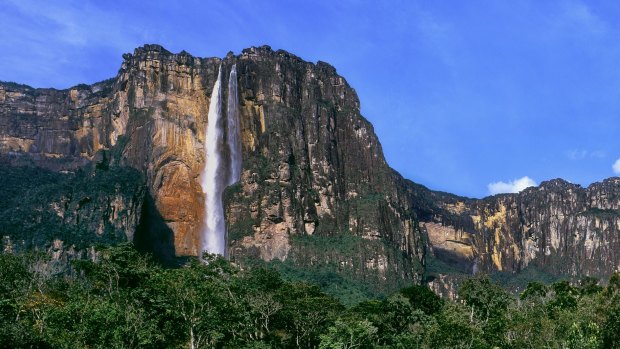
Credit: iStock
One of the more recent additions to the no-go list, Venezuela has been blighted for several years by street protests, violence and an economic collapse that has left millions struggling to feed themselves.
Smart Traveller advises "do not travel" for the entire country, citing "he unstable political and economic situation, shortages of food, water, medicine and petrol, and high levels of violent crime". The warning has put Venezuela's Canaima National Park (made famous as the 'Lost World' in the fiction of Arthur Conan Doyle), Angel Falls, the world's highest, and its miles of Caribbean beaches, firmly off the agenda.
Four destinations that are back on travel maps
Pakistan
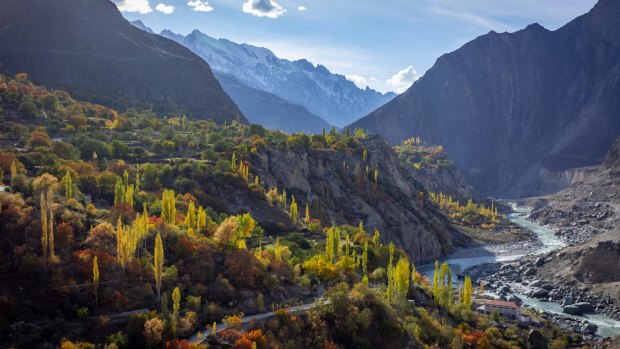
Credit: iStock
A military coup in 1977 established a policy of Islamisation, before decades of political turmoil and terrorism removed Pakistan from the radars of all but the most intrepid travellers. Ian Botham, the former England cricketer, once quipped that it was the sort of place you'd send your mother-in-law.
Now, however, it could be on the brink of something special. Imran Khan, Pakistan's prime minister (and another former international cricketer), is committed to kickstarting tourism to help raise money for a welfare state.
His policy has so far extended to tweeting pictures of the country's beaches and snow-capped mountains, hosting tourism summits, and, most significantly, cutting the red tape and entry requirements that have the potential to put off visitors.
Writer Emma Thomson headed there earlier this year and discovered "a place where pagan tribes still prosper; where marijuana grows wild and common as daisies; where, in cities such as Islamabad and Lahore, women regularly forgo the hijab or headscarf; and where every part of a truck serves as a seat – even the bumper."
Zimbabwe
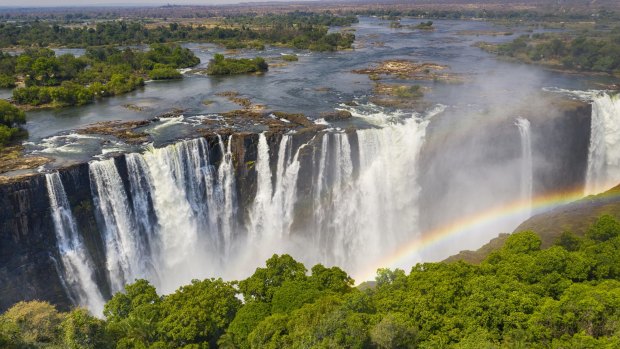
Credit: iStock
"Ever since Mugabe's supporters began murdering, beating and kidnapping political opponents and evicting farmers from their land – a purge that can be traced back to February 2000 – all but a minuscule trickle of European and Commonwealth tourists have stayed away from Zimbabwe," wrote Graham Boynton in 2010 as tourist trade dwindled to an all-time low. Now, with Mugabe gone, it is resurgent.
Writer Griff Rhys Jones visited in October. "A country in transition is once again pulling in visitors," he wrote. "Our entry point to Zimbabwe was at one of the wonders of the world, a sight that turned even David Livingstone into a rubber-necker: Victoria Falls. Half of our queue at the new international airport was made up of young people with backpacks and baseball caps. We joined squads of cowled parties in black ponchos tramping off to visit all 17 of the recommended viewing points and then bussed south towards Hwange National Park. At the country station of Dete we boarded The Elephant Express, an open-sided tram powered by SUV car engines and steered by two properly self-important ex-engineers from the Zimbabwe railways. It was noisy and the ride was bumpy, but the only danger, we were solemnly told, was from wild animals."
Iran
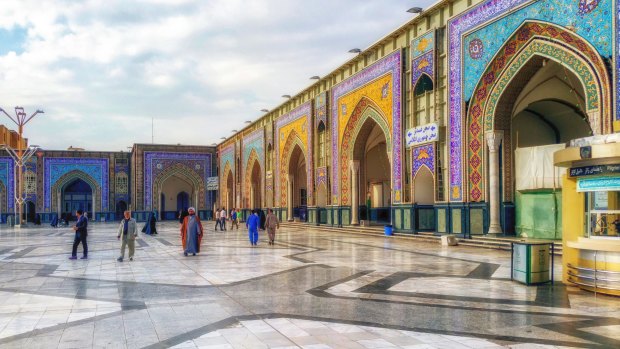
Credit: iStock
Until 2015, the UK Foreign Office advised Britons against all but essential travel to the whole of Iran. Its decision to lift that warning helped the country attract a record 7.3m visitors in 2018 – up from 2.94m in 2010, making it one of the decade's fastest-growing travel destinations.
That resurgence has been tempered, however. Britain is currently embroiled in a diplomatic dispute with the Iranian government over the ongoing detention of Nazanin Zaghari-Ratcliffe, and last year British Airways cancelled its London-Tehran service, describing it as "not commercially viable" – a sign that travellers have lost their appetite for the country.
Visiting the country can also making later travel to the US more difficult, as Traveller columnist Ben Groundwater discovered in 2017. Iran is one of several countries that, if you visit, you can no longer access America's online visa-waiver program - which means a time consuming visit to a US consulate in order to get approval to enter the country.
Myanmar
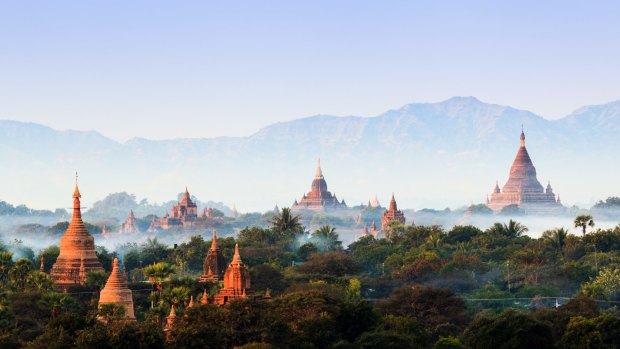
Credit: iStock
Iran's growth as a travel destination since 2010 is surpassed by very few countries. One is Myanmar. In 2010, when a military junta remained in power and tourists were being urged to boycott the country, just 790,000 overseas visitors were welcomed. While Myanmar's reputation has once again been sullied by the ongoing persecution of the Rohingya, it has tiptoed towards democracy since then, and last year that figure leapt to 3.55m – an increase of 349 per cent.
The Telegraph, London
Sign up for the Traveller Deals newsletter
Get exclusive travel deals delivered straight to your inbox. Sign up now.